Strategic Company Hubs: Leveraging Commercial Warehousing to Boost U.S. Presence

The relentless rhythm of global commerce, once perceived as an unstoppable tide of efficiency, has encountered a series of jarring disruptions. From geopolitical tremors to the unpredictable swells of pandemic-induced bottlenecks, businesses serving the U.S. market have witnessed firsthand the fragility of extended international supply chains. The initial allure of optimized global sourcing, often predicated on intricate networks spanning continents, has been tempered by the stark realities of delayed shipments, escalating costs, and the ever-present threat of operational paralysis.
For organizations deeply invested in or aspiring to conquer the vast and dynamic landscape of the United States, these challenges serve as a critical inflection point. The conventional wisdom of relying solely on distant manufacturing and a singular point of entry is increasingly untenable in an era defined by volatility. Instead, a more nuanced and strategically grounded approach is required – one that recognizes the inherent strength and resilience offered by a robust network of commercial warehousing hubs strategically positioned across the American terrain.
This isn't merely about finding space to store goods; it's about architecting a sophisticated logistical ecosystem that acts as a powerful engine for growth, responsiveness, and enduring market presence. It's about transforming warehousing from a passive cost center into a proactive strategic advantage, enabling businesses to not only weather the storms of global uncertainty but to thrive amidst them.
Unpacking the Multifaceted Challenges of Global Supply Chain Reliance
The vulnerabilities inherent in over-reliance on intricate international supply chains have been brought into sharp focus in recent years. These challenges extend beyond mere logistical inconveniences, deeply impacting core business functions and customer relationships:
- The Crushing Weight of Logistical Bottlenecks: Port congestion, a recurring phenomenon exacerbated by global events, creates significant delays in the movement of goods. This translates to missed deadlines, production slowdowns, and ultimately, dissatisfied customers waiting for products that are stuck offshore. The ripple effects extend throughout the supply chain, impacting everyone from manufacturers to retailers.
- The Unpredictability of Geopolitical Instability: International relations are rarely static. Trade disputes, political unrest, and even subtle shifts in diplomatic ties can have profound and immediate consequences on the flow of goods. Tariffs, sanctions, and border closures can disrupt established supply lines overnight, leaving businesses scrambling for alternatives.
- The Escalating Costs of Global Transportation: The cost of shipping, whether by sea, air, or land across continents, has become increasingly volatile. Fuel price fluctuations, container shortages, and surcharges related to logistical complexities erode profit margins and make accurate cost forecasting a significant challenge.
- The Erosion of Time-Sensitive Supply Chains: Many industries, particularly those dealing with perishable goods or time-sensitive components, rely on the speed and predictability of their supply chains. International disruptions can render these carefully orchestrated systems ineffective, leading to spoilage, obsolescence, and lost revenue.
- The Growing Demands of the American Consumer: U.S. consumers have come to expect rapid and reliable delivery. E-commerce has further amplified these expectations, with next-day or even same-day delivery becoming increasingly commonplace. Businesses relying on lengthy international shipping routes struggle to meet these demands, potentially losing market share to more agile competitors.
- The Complexities of Customs and Regulatory Compliance: Navigating the intricate web of international customs regulations, tariffs, and compliance requirements can be a significant burden, particularly for smaller businesses entering the U.S. market. Delays and penalties due to non-compliance can add further cost and complexity to the process.
These multifaceted challenges underscore the urgent need for businesses to adopt a more localized and strategically oriented approach to serving the U.S. market, with commercial warehousing playing a pivotal role in this transformation.
The Strategic Imperative: Building a Resilient U.S. Distribution Network Through Commercial Warehousing
The answer to navigating the complexities of the modern global landscape lies not in retreating from international markets altogether, but in strategically complementing global sourcing with a robust and intelligently designed network of commercial warehousing hubs within the United States. This approach offers a powerful pathway to building a more resilient, responsive, and ultimately, more successful U.S. market presence.
Moving Beyond the Limitations of Centralized Distribution
The traditional model of relying on a single, large warehouse, often located near a major port of entry, presents inherent limitations. This centralized approach can create bottlenecks in distribution, increase transit times to distant markets, and leave the entire supply chain vulnerable to localized disruptions.
Embracing the Strategic Advantages of a Decentralized Network
A strategically dispersed network of commercial warehouses, on the other hand, offers a multitude of advantages:
- Proximity to Customers: The Key to Faster Delivery: By strategically locating warehouses closer to key customer concentrations, businesses can significantly reduce last-mile delivery times. This not only enhances customer satisfaction but also provides a competitive edge in a market where speed and convenience are paramount.
- Optimizing Transportation Costs Through Shorter Hauls: A decentralized network allows for more efficient routing and shorter transportation distances, leading to substantial savings in shipping costs. Utilizing regional carriers and optimizing delivery routes becomes more feasible with strategically placed inventory.
- Building a Buffer Against Supply Chain Disruptions: With inventory strategically positioned across multiple locations, a disruption in one region or along one transportation corridor has a less catastrophic impact on the overall supply chain. Alternative hubs can be leveraged to maintain flow and minimize customer impact.
- Enhancing Responsiveness to Regional Market Dynamics: Consumer demand and market trends can vary significantly across different regions of the U.S. A decentralized warehousing network allows businesses to tailor their inventory levels and product availability to meet the specific needs of each market, improving responsiveness and reducing the risk of overstocking or stockouts.
- Facilitating Value-Added Services Closer to the Customer: Strategic warehouse locations can serve as hubs for value-added services such as kitting, labeling, final assembly, and customization. Performing these activities closer to the end customer can reduce lead times and enhance the overall customer experience.
- Strengthening Local Market Presence and Engagement: Establishing a physical presence through strategically located warehouses can foster stronger relationships with local businesses and customers. It signals a commitment to the market and can enhance brand visibility and trust.
Deconstructing the Strategic Elements of an Effective Commercial Warehousing Network
Building a truly effective network of commercial warehousing hubs requires a deep understanding of the U.S. market and a meticulous approach to planning and execution. Key elements to consider include:
Data-Driven Location Selection: The Science of Strategic Placement
Identifying the optimal locations for your warehousing hubs is a critical first step. This decision should be driven by data and a thorough analysis of several factors:
- Customer Density and Geographic Distribution: Pinpointing areas with high concentrations of your target customers is paramount for minimizing delivery distances and optimizing last-mile logistics.
- Transportation Infrastructure Analysis: Evaluating access to major highways, interstate networks, rail lines, and air cargo facilities is crucial for efficient inbound and outbound transportation. Proximity to intermodal hubs can also offer significant advantages.
- Economic and Demographic Trends: Understanding regional economic growth, population shifts, and demographic characteristics can help predict future demand and identify emerging markets.
- Industry Clusters and Supply Chain Synergies: For businesses involved in manufacturing or specific industries, locating warehouses near key suppliers or industry clusters can streamline inbound logistics and create synergistic efficiencies.
- Cost of Real Estate and Labor: Balancing strategic location with the cost of warehouse space and labor is essential for maintaining cost-effectiveness. Different regions of the U.S. exhibit significant variations in these costs.
- Tax Incentives and Regulatory Environment: Exploring potential tax incentives and understanding the local regulatory landscape can influence location decisions.
Network Design and Optimization: Architecting the Flow of Goods
Once strategic locations are identified, the next step involves designing an efficient and optimized network. Considerations include:
- Number of Hubs: Determining the optimal number of warehouses based on market coverage, transportation costs, and inventory management considerations.
- Warehouse Size and Capacity: Matching warehouse size and capacity to anticipated demand in each region, while also considering potential for future growth.
- Inventory Allocation Strategies: Developing strategies for allocating inventory across the network to meet regional demand fluctuations and minimize overall inventory holding costs.
- Transportation Management Systems (TMS): Implementing robust TMS solutions to optimize routing, track shipments, and manage transportation costs across the network.
Technology Integration: Powering Efficiency and Visibility
Leveraging technology is crucial for managing a distributed warehousing network effectively:
- Warehouse Management Systems (WMS): Implementing a sophisticated WMS provides real-time visibility into inventory levels, streamlines warehouse operations, and optimizes order fulfillment processes across all locations.
- Enterprise Resource Planning (ERP) Systems: Integrating the warehousing network with the overall ERP system ensures seamless data flow and coordination across different business functions.
- Real-Time Tracking and Visibility Tools: Utilizing GPS tracking and other visibility tools provides end-to-end monitoring of shipments, enabling proactive management of potential delays.
- Data Analytics and Reporting: Leveraging data analytics to identify trends, optimize inventory levels, and improve overall network performance is essential for continuous improvement.
Strategic Partnerships: Leveraging External Expertise
For many businesses, particularly those new to the U.S. market or lacking in-house logistics expertise, partnering with experienced commercial warehousing and logistics providers can be a strategic advantage. These providers offer:
- Existing Infrastructure and Scalability: Access to established networks of strategically located warehouses and the ability to scale capacity as needed.
- Logistics Expertise and Best Practices: Leveraging the knowledge and experience of logistics professionals to optimize network design and operations.
- Technology and Systems: Access to advanced WMS, TMS, and other technologies without the need for significant upfront investment.
- Flexibility and Reduced Capital Expenditure: Outsourcing warehousing eliminates the need for significant capital investment in building or leasing and operating facilities.
The Strategic Imperative: Commercial Warehousing as a Catalyst for U.S. Company Market Dominance
In an era defined by global uncertainty and evolving consumer expectations, a strategically designed network of commercial warehousing hubs is no longer a mere logistical consideration; it is a fundamental pillar for achieving and sustaining a strong U.S. market presence. It provides the agility, resilience, and customer-centricity required to not only navigate current challenges but to capitalize on future opportunities.
For businesses seeking to enter the U.S. market, a phased approach leveraging commercial warehousing in key strategic locations offers a lower-risk and more scalable pathway to establishing a foothold. For established players, optimizing their existing distribution networks with strategically placed hubs can unlock significant efficiencies, enhance customer loyalty, and create a more robust and competitive operation.
The future of U.S. distribution belongs to those who recognize the strategic power of localized infrastructure. By embracing the intelligent deployment of commercial warehousing, businesses can transform their supply chains from potential liabilities into powerful assets, paving the way for sustained growth and market leadership in the dynamic landscape of the United States.
Are you ready to unlock the strategic advantages of commercial warehousing and fortify your U.S. market presence? Enhance your U.S. market reach with our commercial warehousing network. Contact Razr Logistics today to explore how our strategically located facilities and comprehensive suite of logistics services can empower your business to thrive in the American marketplace.

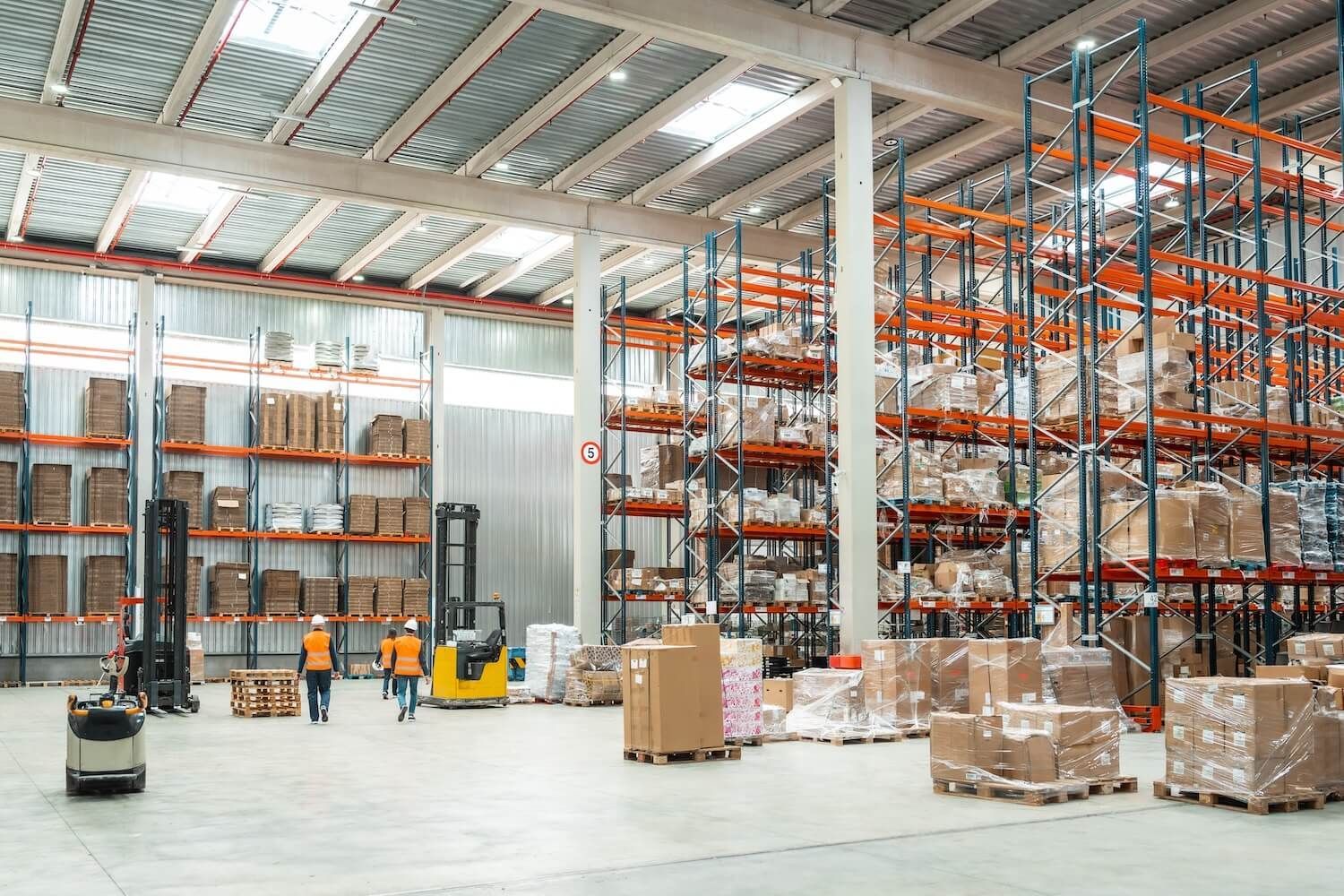


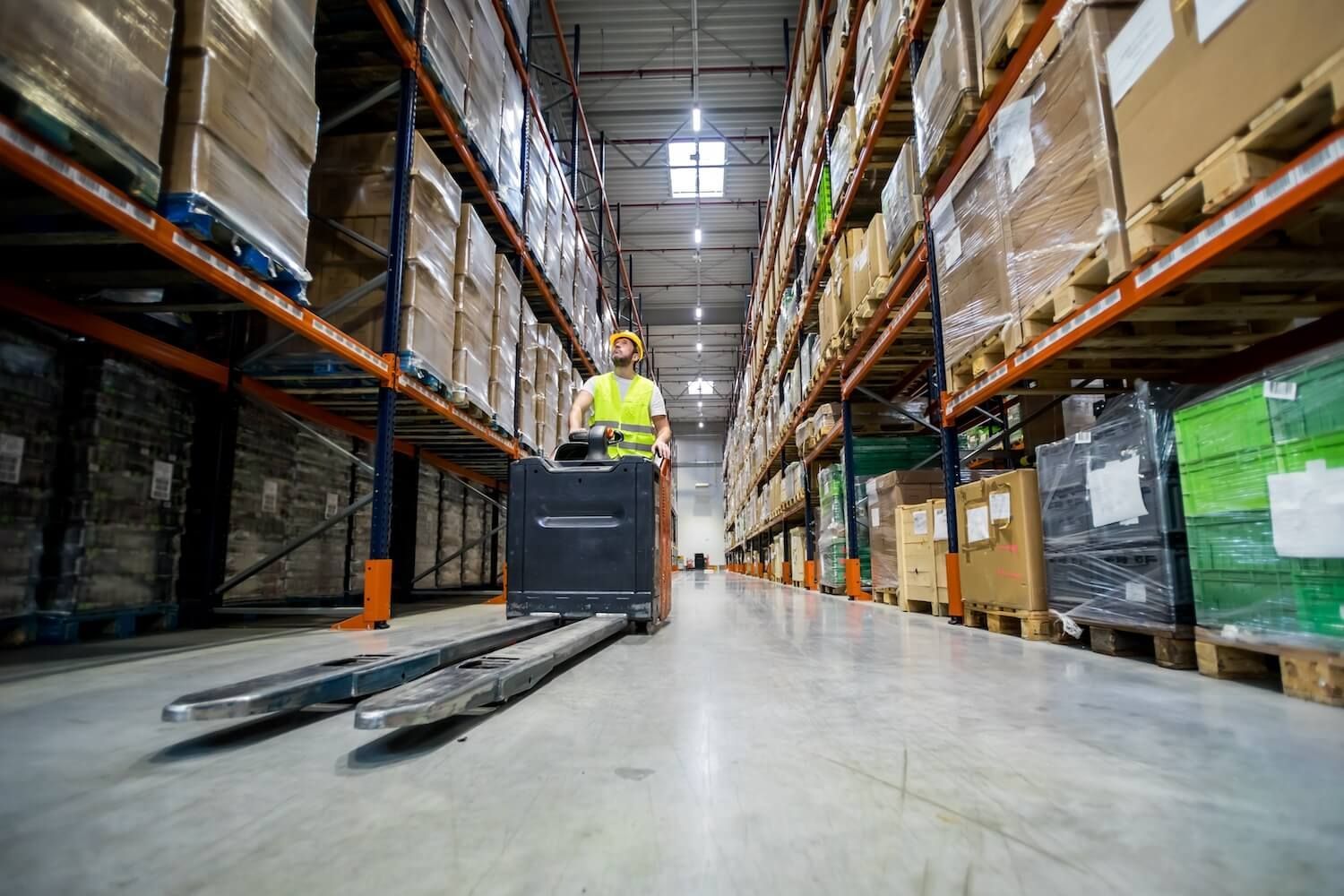


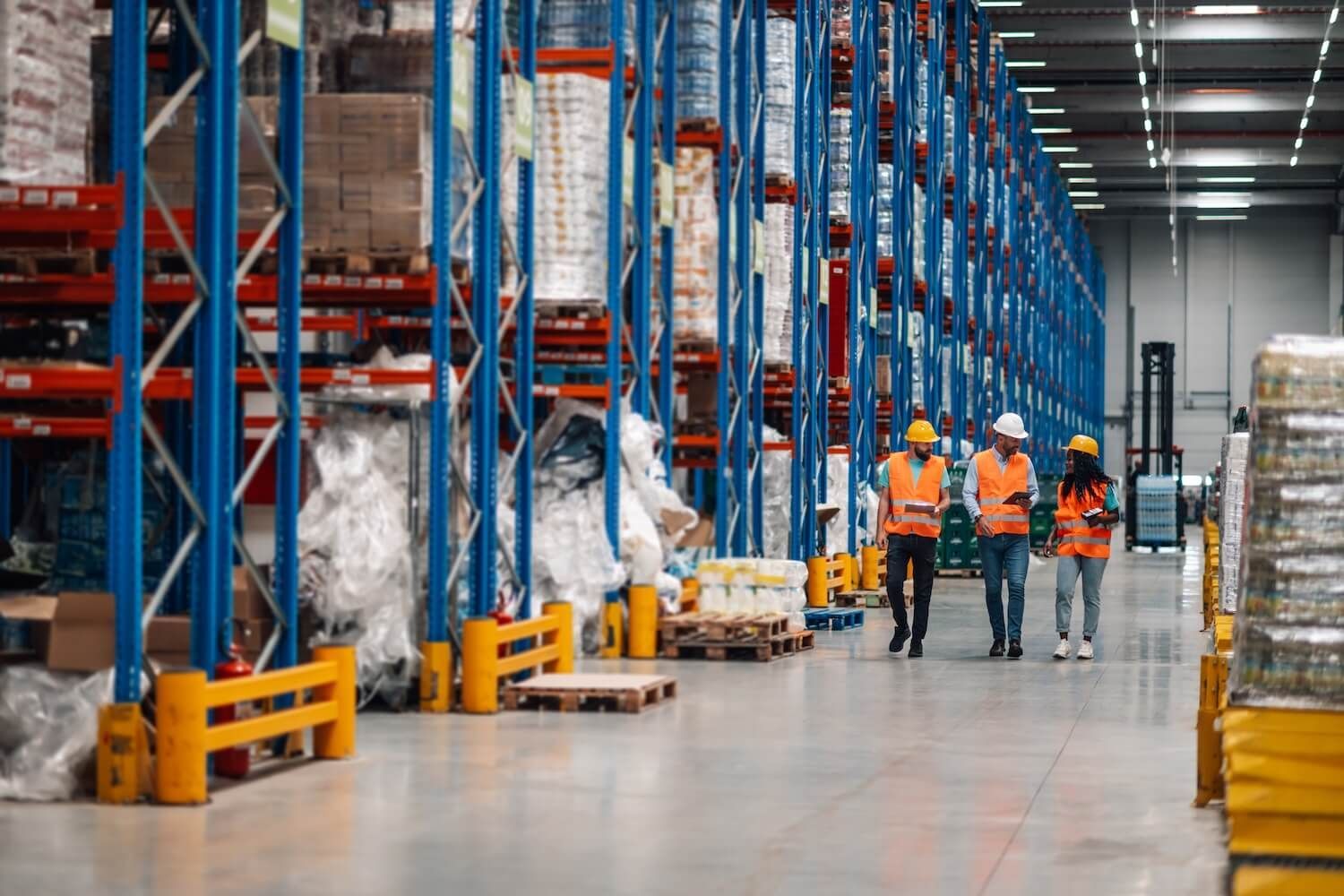
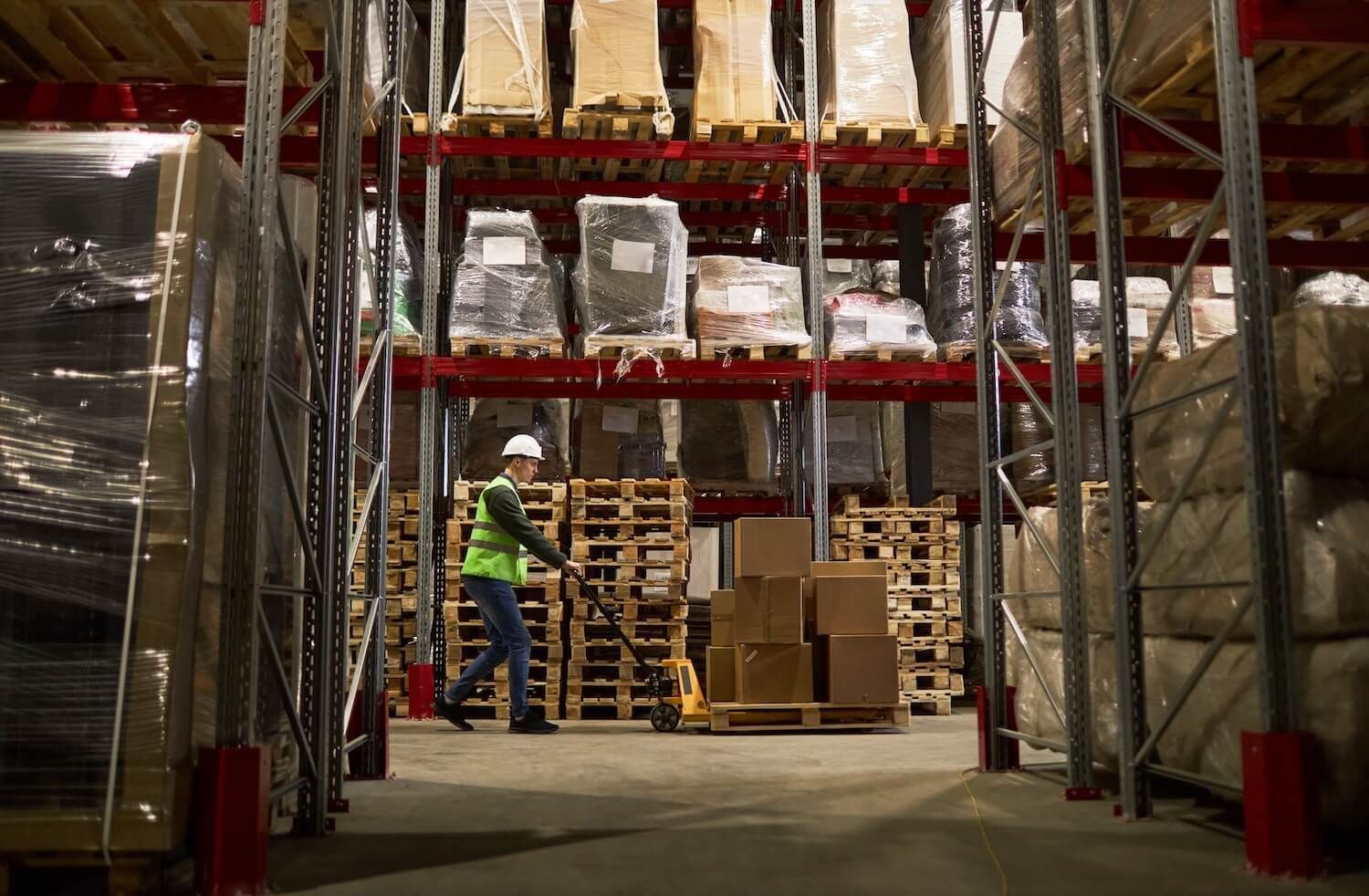


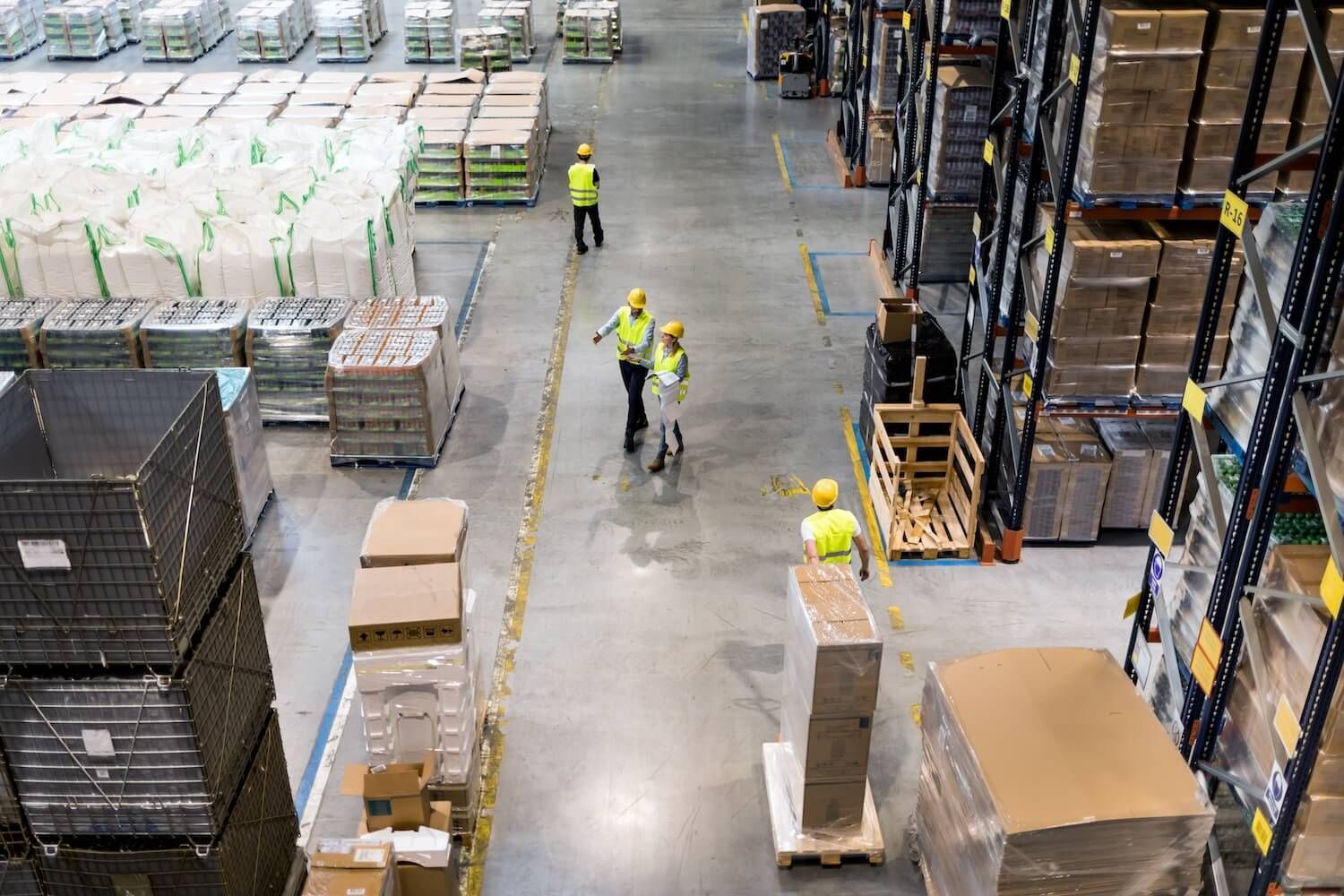

 by
by